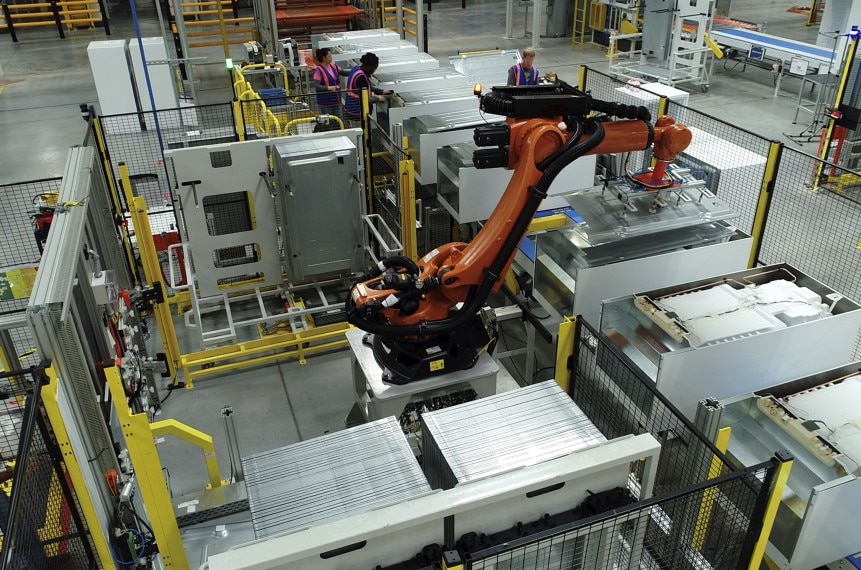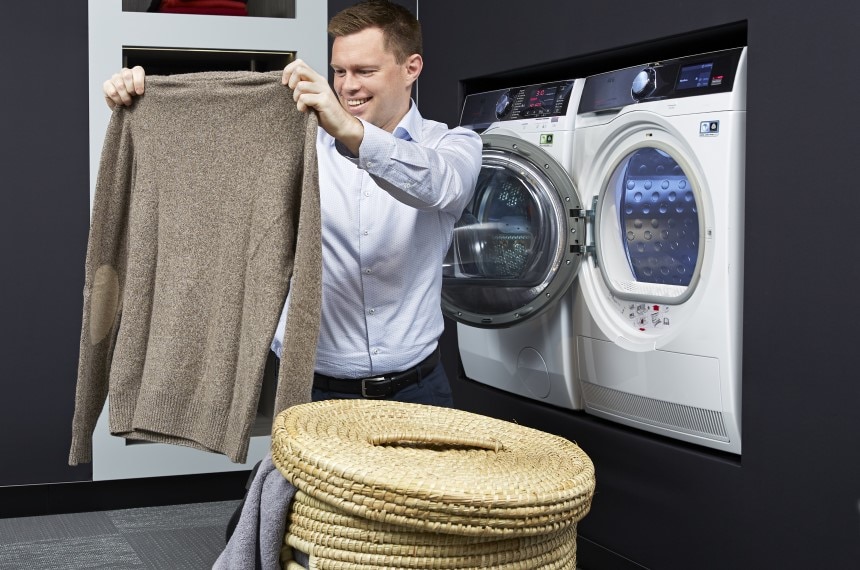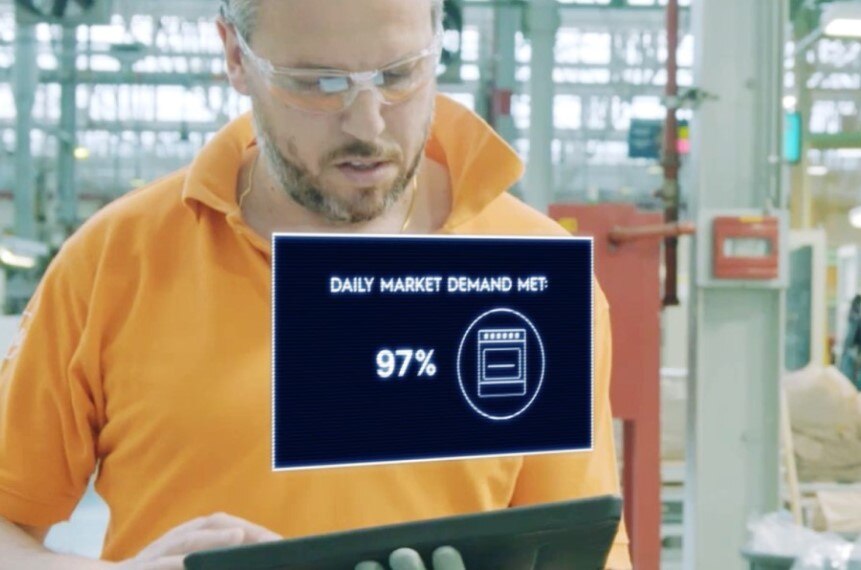Increasing efficiency through digitalization, automation and modularization
Strong track record of delivering cost reductions
Reduced costs by SEK ~ 5bn since 2015.
- Delivering continuous cost improvements is an important part of our strategy - achieved by improving cost structures and developing methods, processes and skills.
- We aim to annually drive down the variable product cost by 3% on like-for-like products, net of normal inflation ≤2% (excluding raw material price impact).
- Re-engineering initiatives and continuous improvements are key to deliver on variable product cost target.
- We monitor working capital to release resources that can be invested in growth activities.
Competitive cost structure
- We have a competitive cost structure with a high degree of variable costs – about 70% of our total cost base in 2019.
- This enables high flexibility and fast adaption to external risks such as fluctuations in market demand or commodity prices.
- Several cross-functional cost-excellence programs reduce variable product costs, e.g. the Electrolux Manufacturing System, modularization, digital manufacturing and an integrated digital supply chain.
- Our Continuous Improvement Program aims to reduce structural costs through improved ways of working, greater resource efficiency and increased usage of digital tools and processes.
- Reduced energy, waste and water use supports a more competitive cost structure.
Global product architecture and our automation program further strengthen competitiveness
Extensive re-engineering investment program in place
- We have committed SEK 8bn of investments to an extensive re-engineering program, which is now fully underway.
- These investments in modularization and automation in Europe and the Americas will further strengthen competitiveness.
- The re-engineering program drives efficiency, strengthens production cost competitiveness, and increases flexibility and product speed to market.
- It will also realize significant sustainability benefits:
- Improved energy efficiency.
- Safer working environment.
- Modularization will continue to be key once the re-engineering program is complete.
Automation and modularization strengthens competitiveness
Executing on our global re-engineering investments
SEK 8bn Capex over 4-5 years, commencing 2018
SEK ~3.5bn cost savings with full effect by 2024
- Re-engineering program
- Main impact will be in North America.
- Direct material savings and improved labor productivity are the main drivers.
- Global streamlining measures
- This included the creation of four regionally focused business areas and the reorganization of key global functions .
Cost savings1) from re-engineering investments and streamlining measures
1) Cost savings are net of expected transition costs
Drive mix improvements through increased innovation
- Accelerate innovation – quicker application of new consumer-relevant innovations will ensure our offering remains up-to-date over time.
- Product design improvements – using modularized bases makes it easier and more efficient to apply updated designs.
Global presence and deep local understanding
Leveraging the Group's global scale
- By increasingly introducing modularized products, we can leverage our global scale in terms of procurement and R&D.
- Modularization enables both fixed and variable cost reductions.
Capturing regional opportunities through deep local understanding
- Being global with a local presence and knowledge of each regional market means we can better adapt to changing consumer demands and sustainability related requirements.
- Three well-established brands – AEG, Electrolux and Frigidaire serve different regions and market segments.
Improving stability and mitigating against financial fluctuations
- Global presence makes Electrolux less sensitive to macroeconomics in specific market regions. This helps to smooth out seasonality and fluctuations in economic cycles and thereby mitigate against financial performance fluctuations.
Sales by region
Digitally integrated supply chain and manufacturing
Digitally integrated supply chain and manufacturing
- Digitalization helps drive improved productivity and flexibility in Electrolux operations through:
- Improved visibility and planning.
- Installing a digitally managed environment within factories that monitors operational information in real-time.
- Digitalization also optimizes supply chain and manufacturing processes to facilitate product tracking and managing inventory levels – ensuring the availability of key products for end-consumers.


